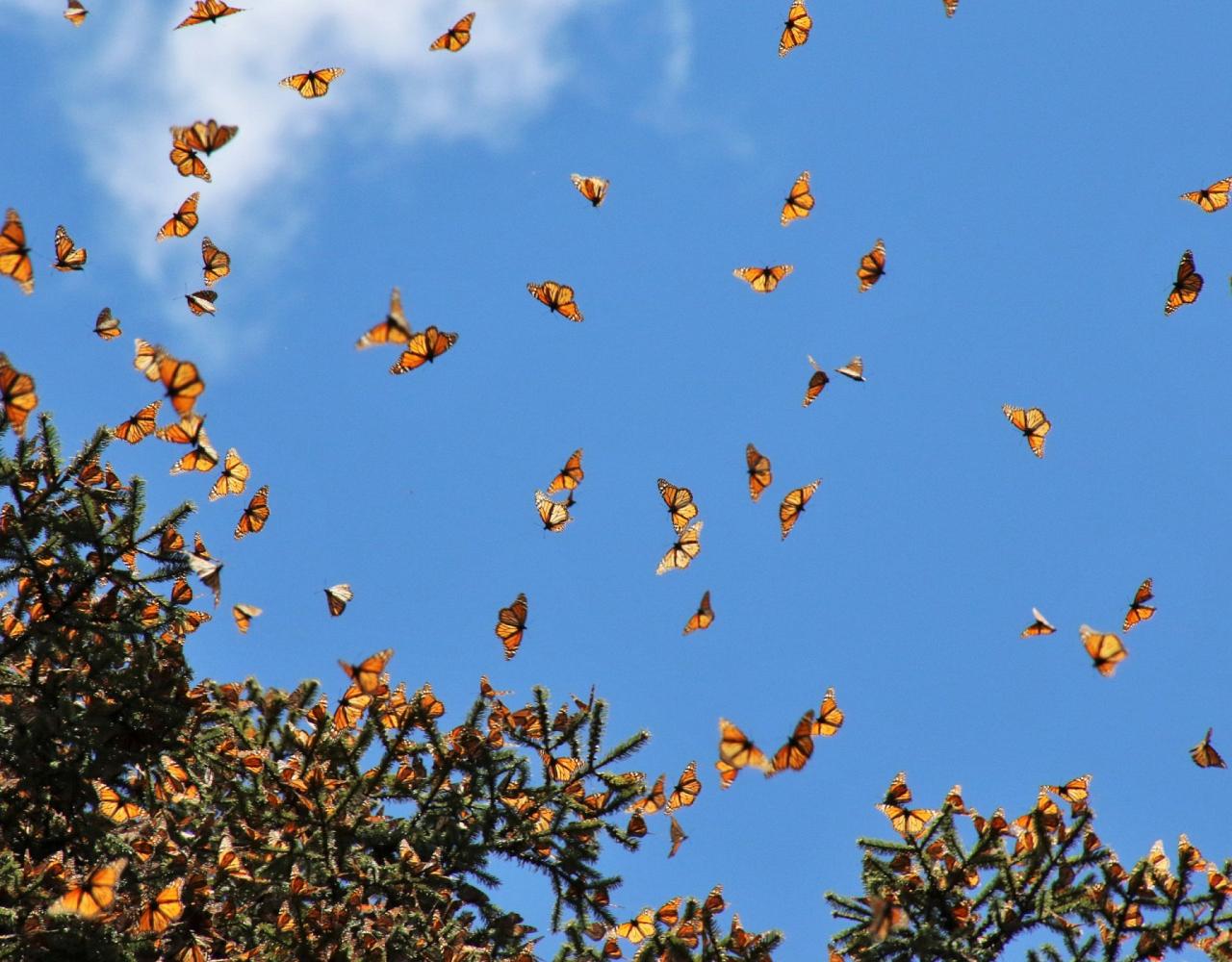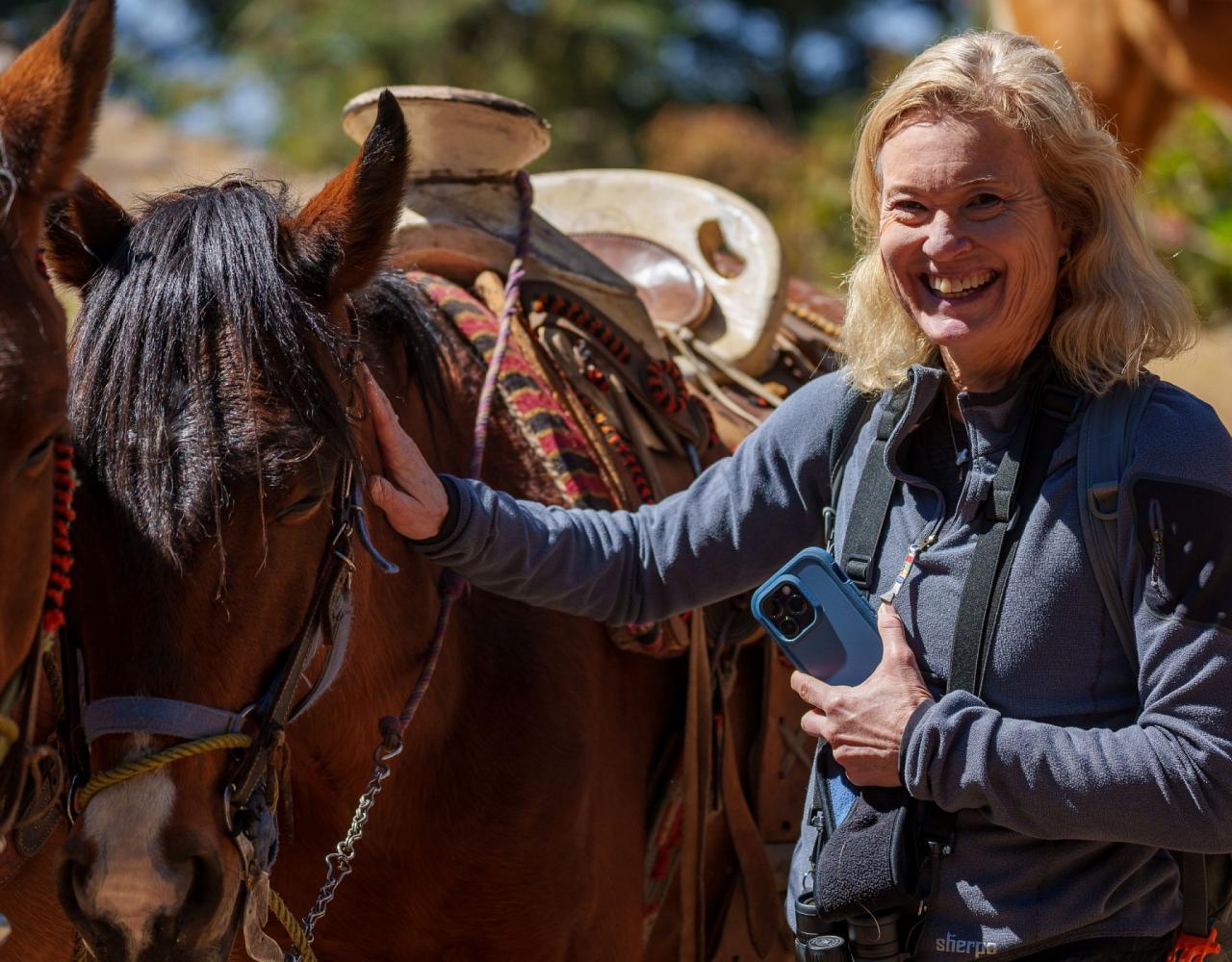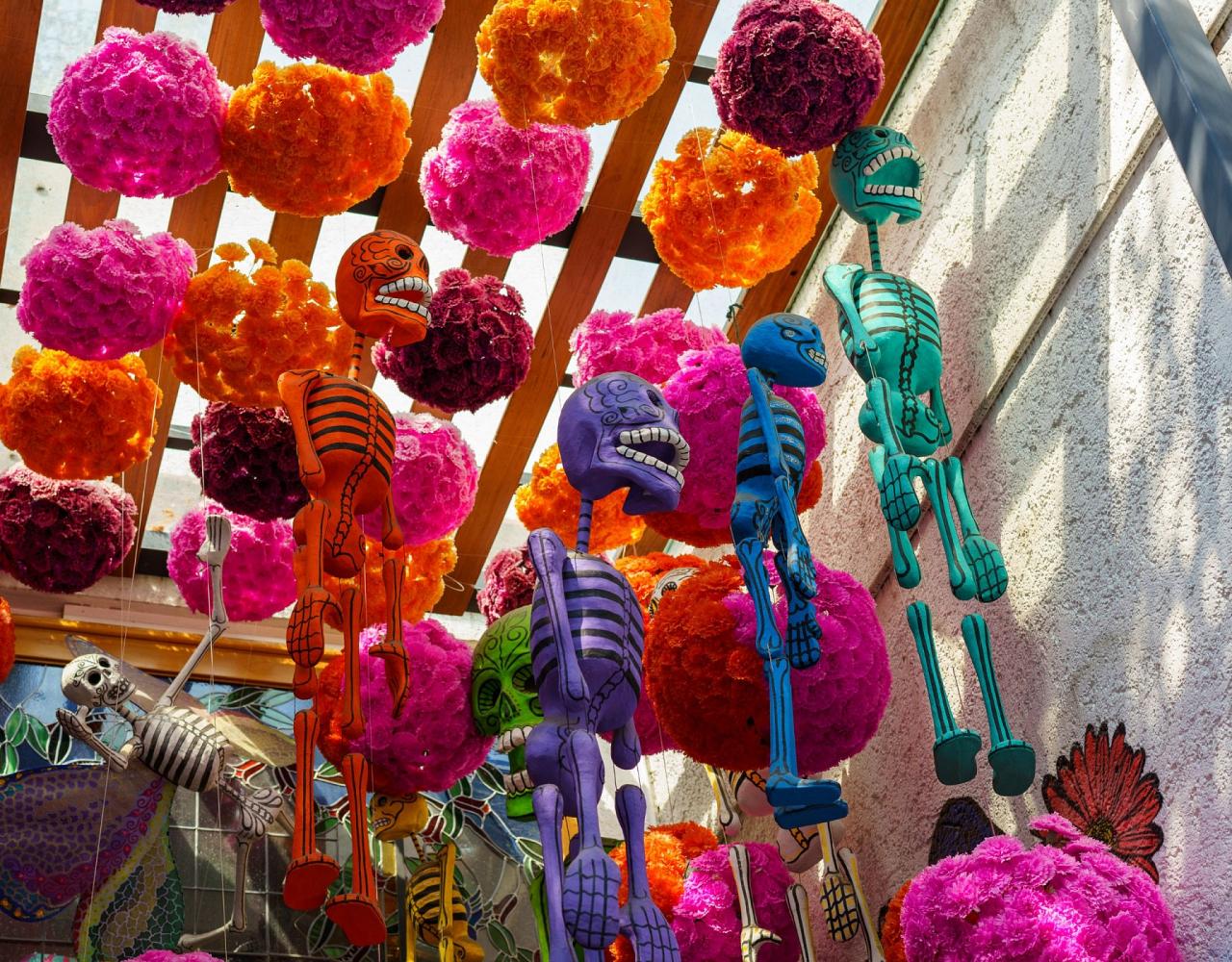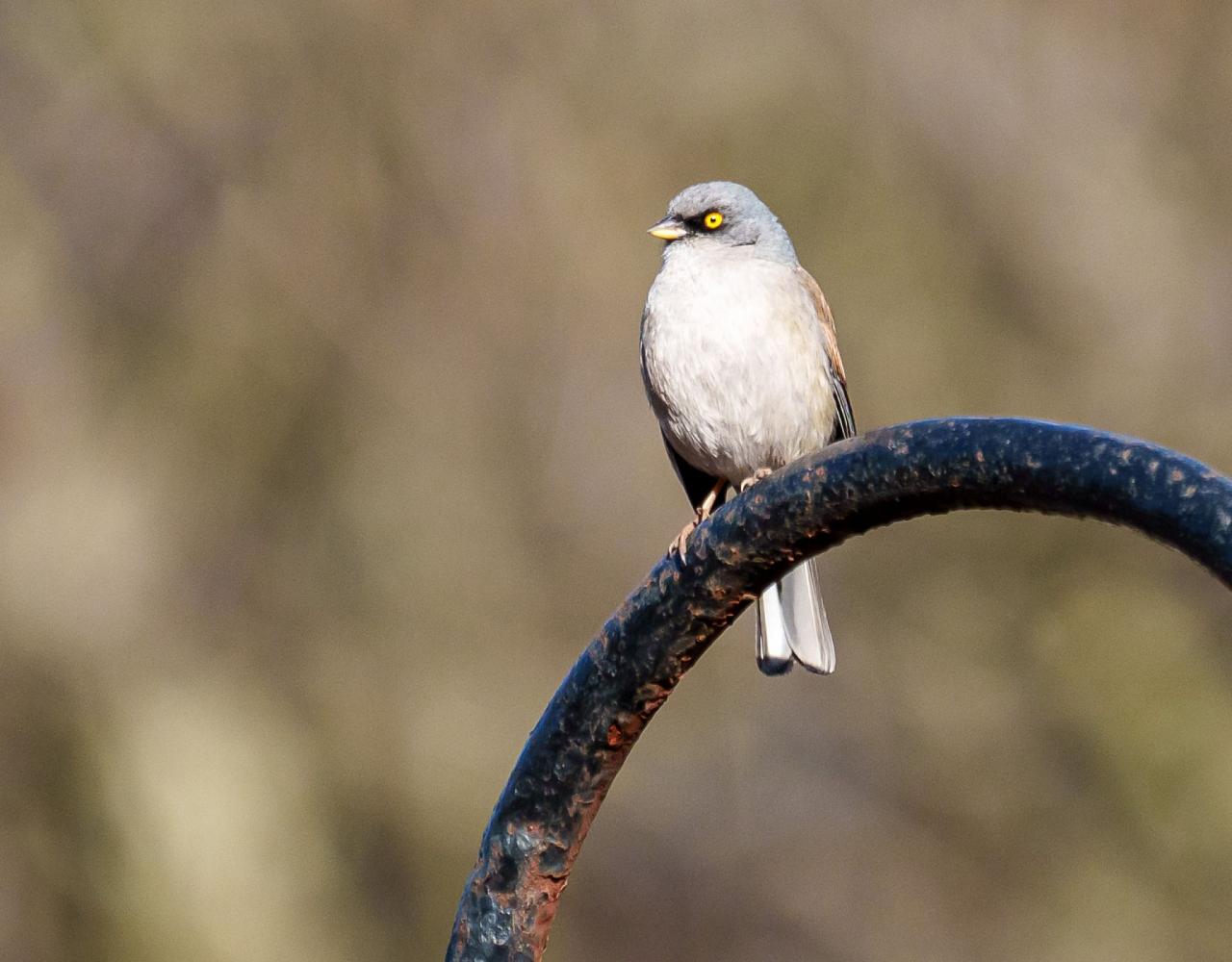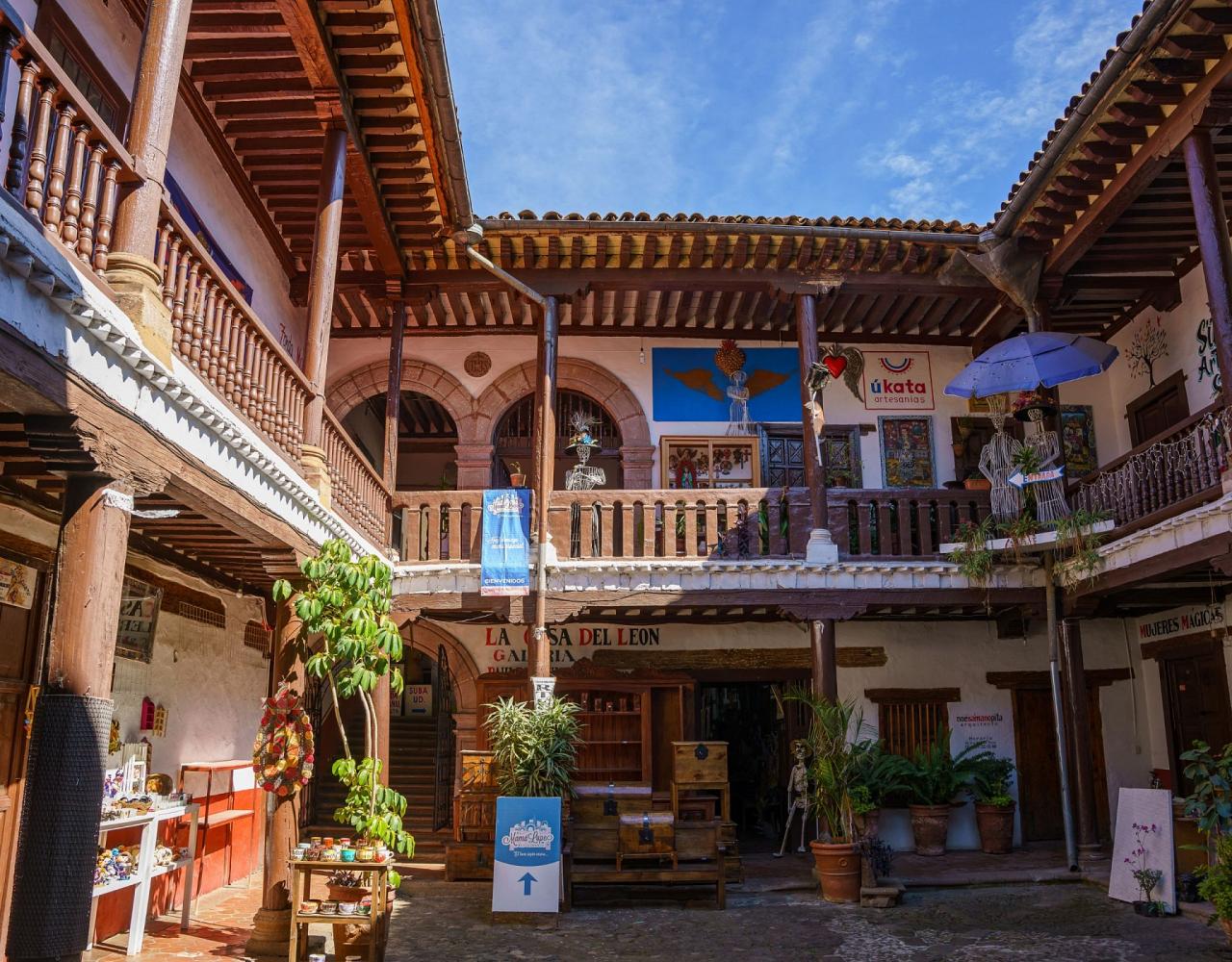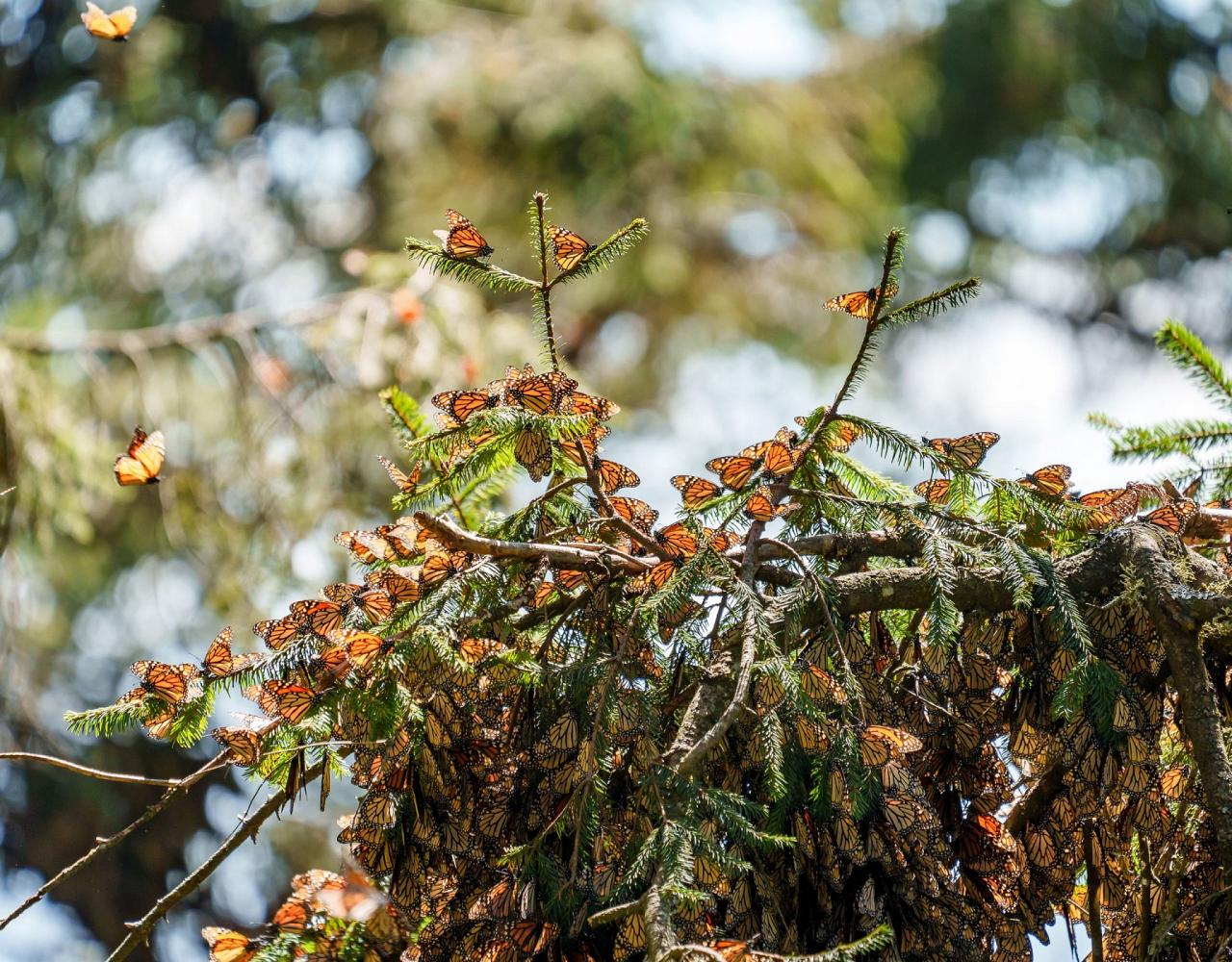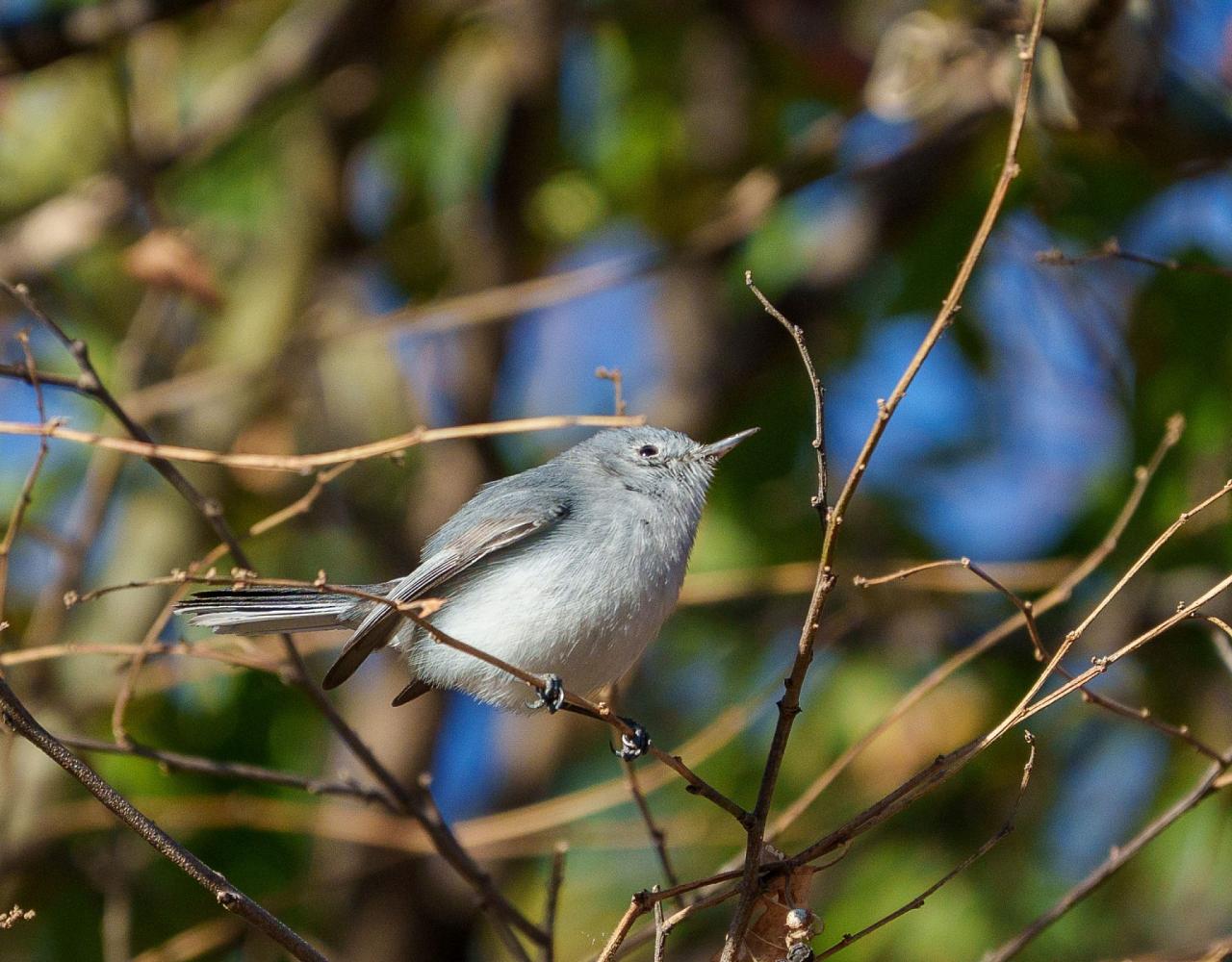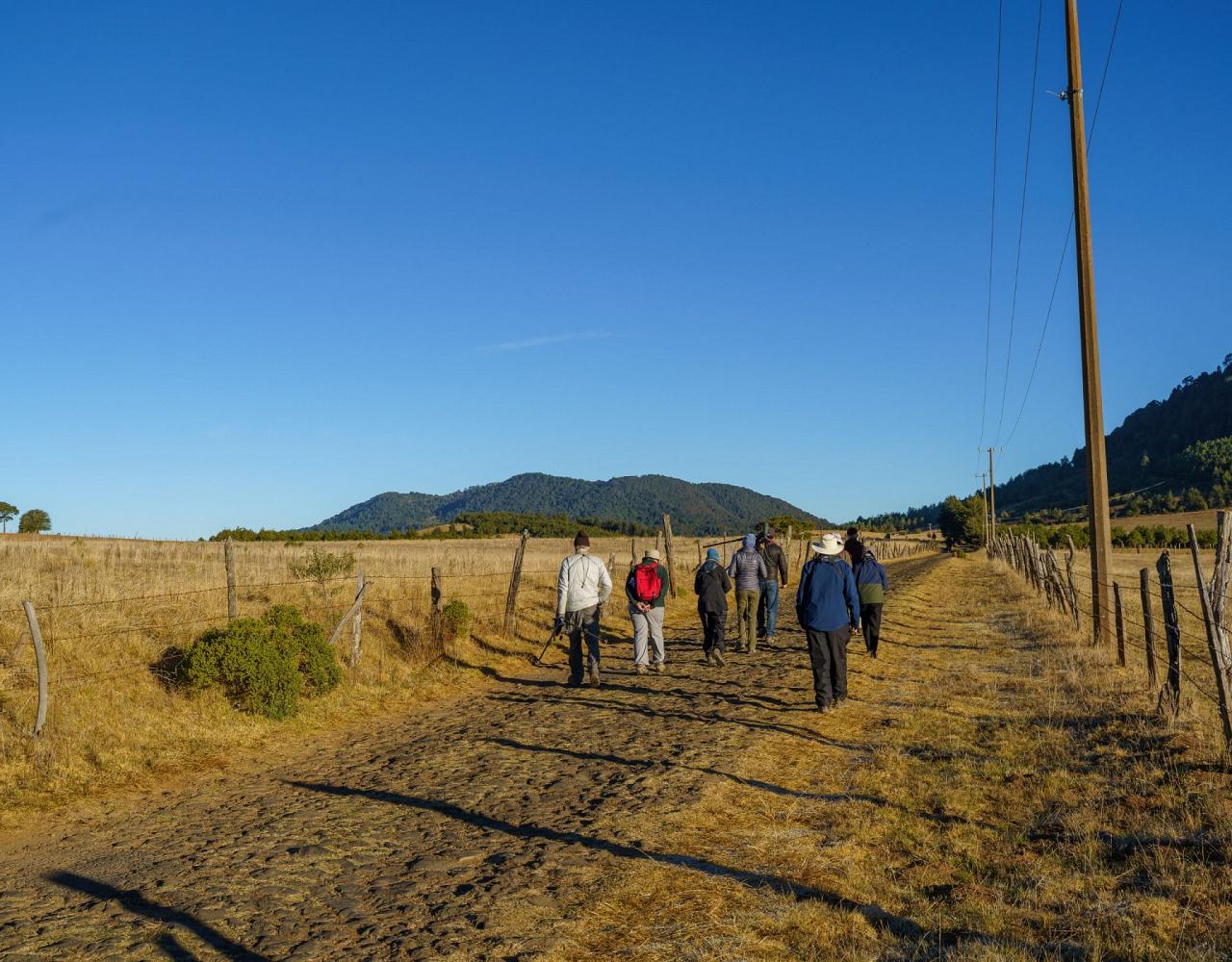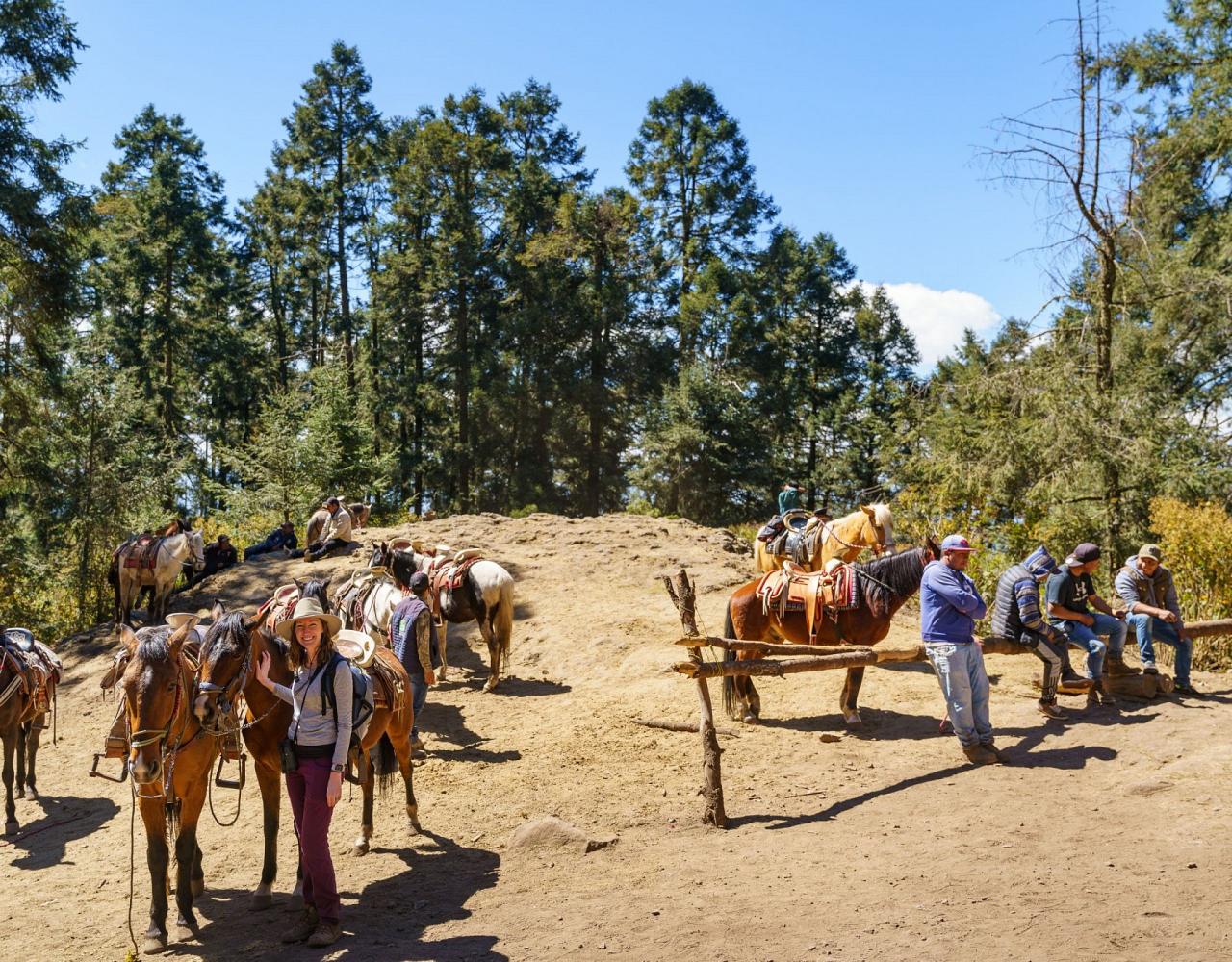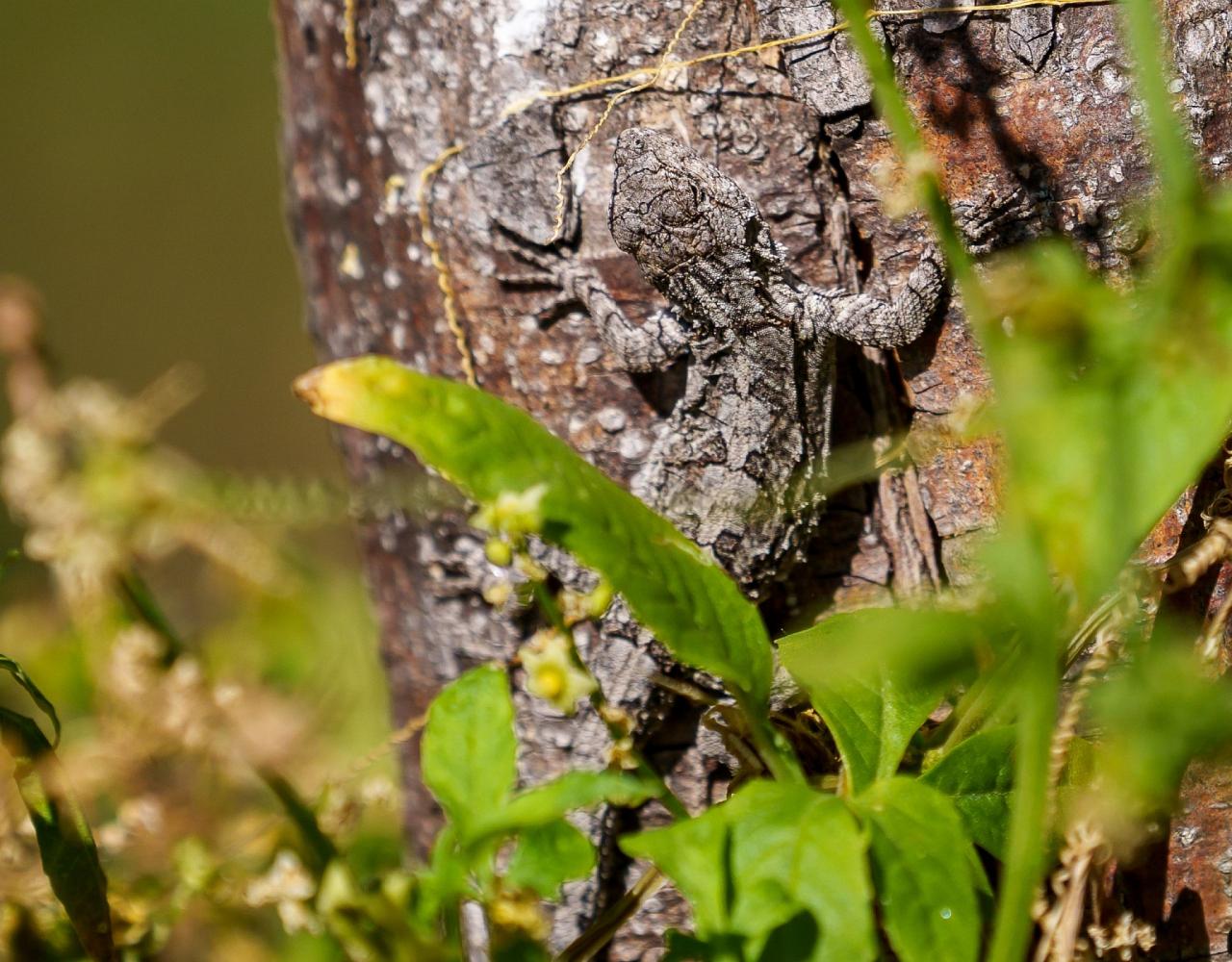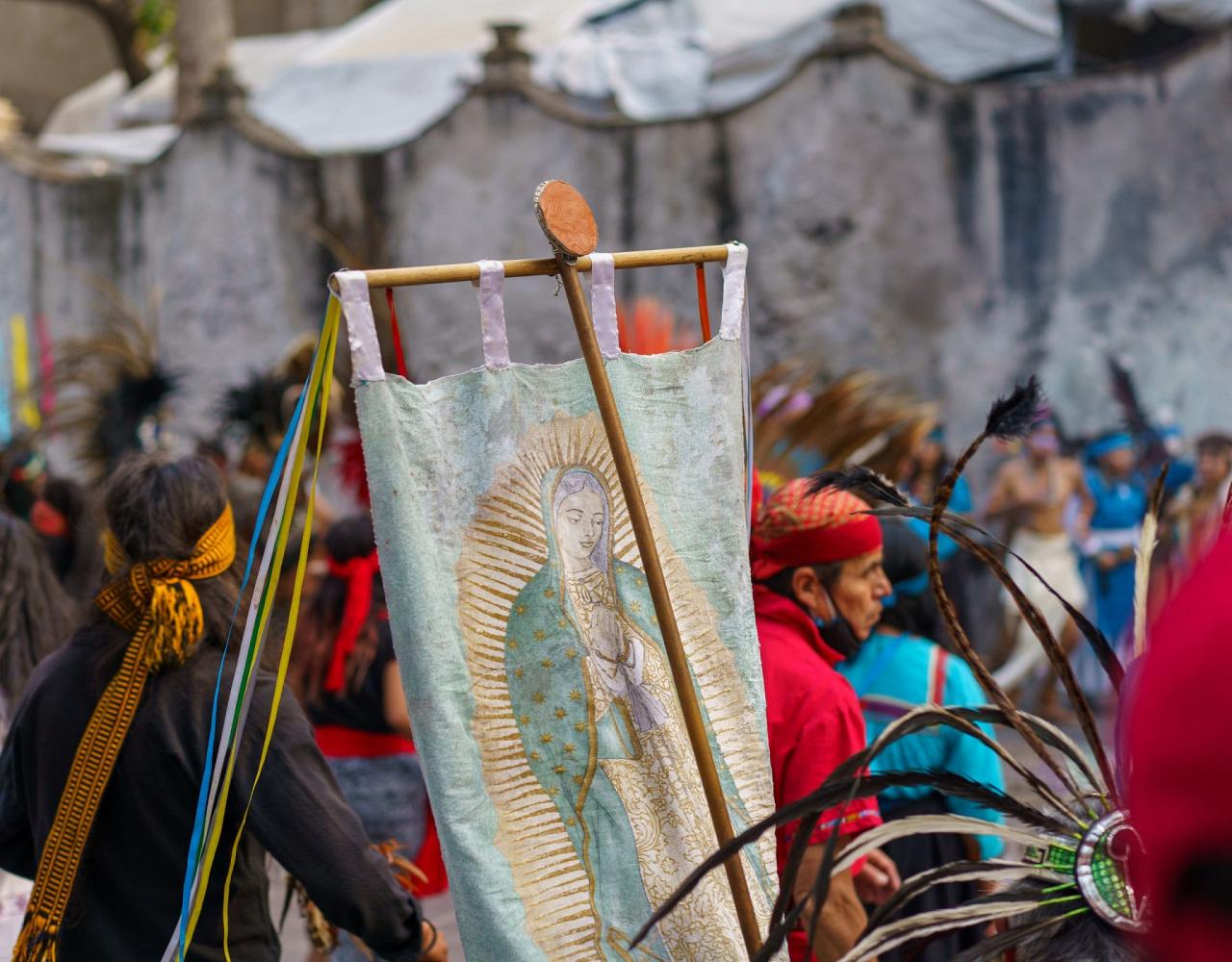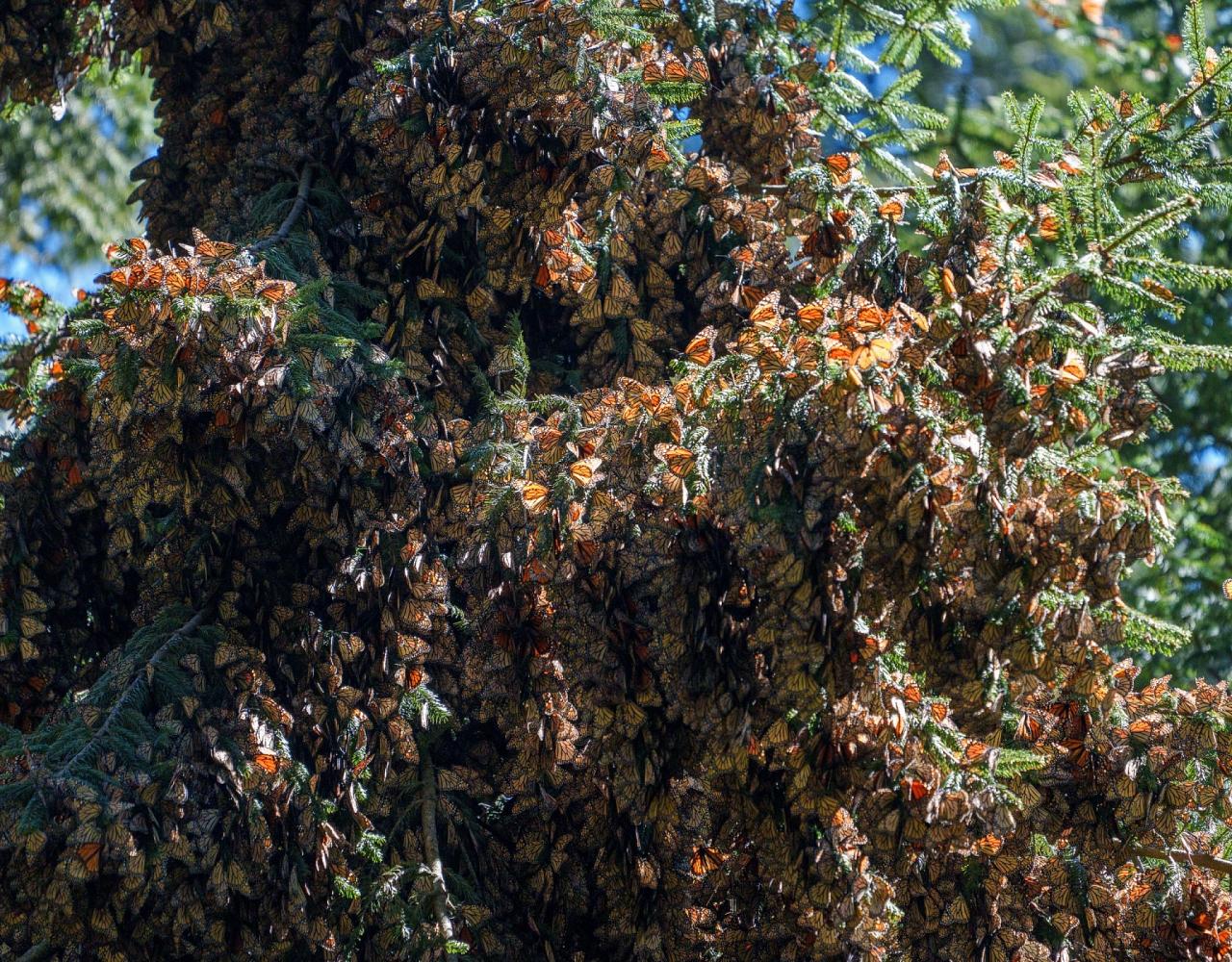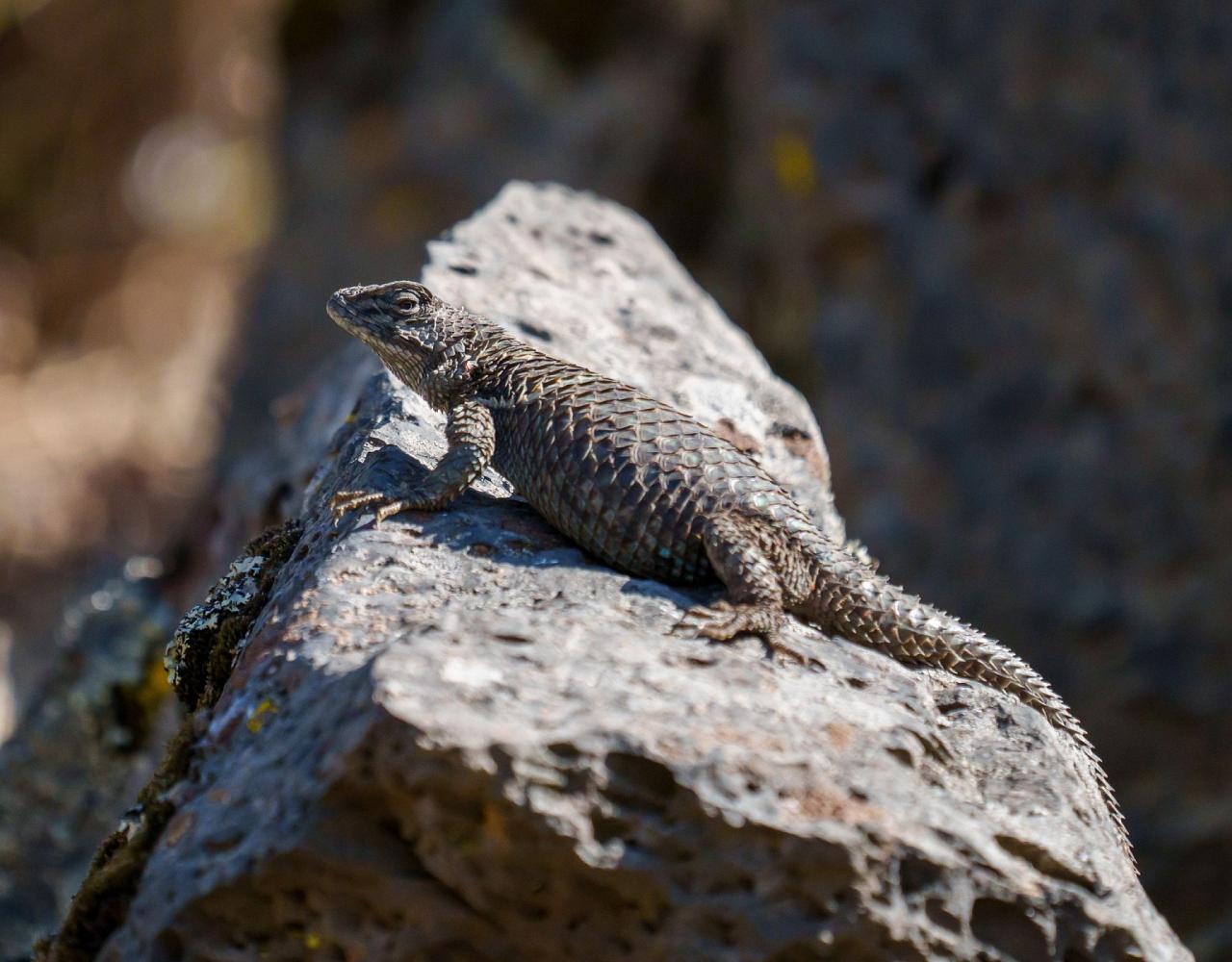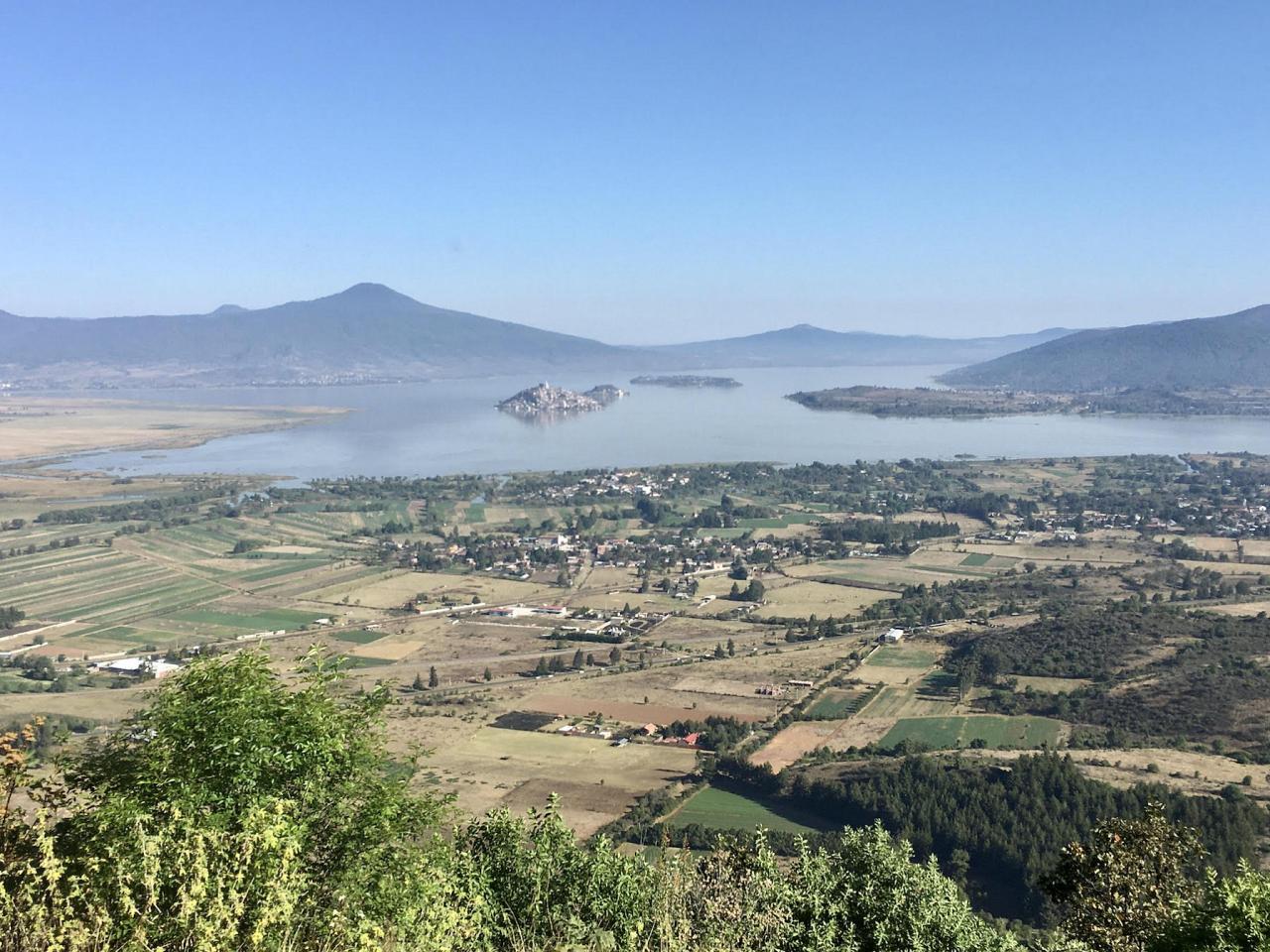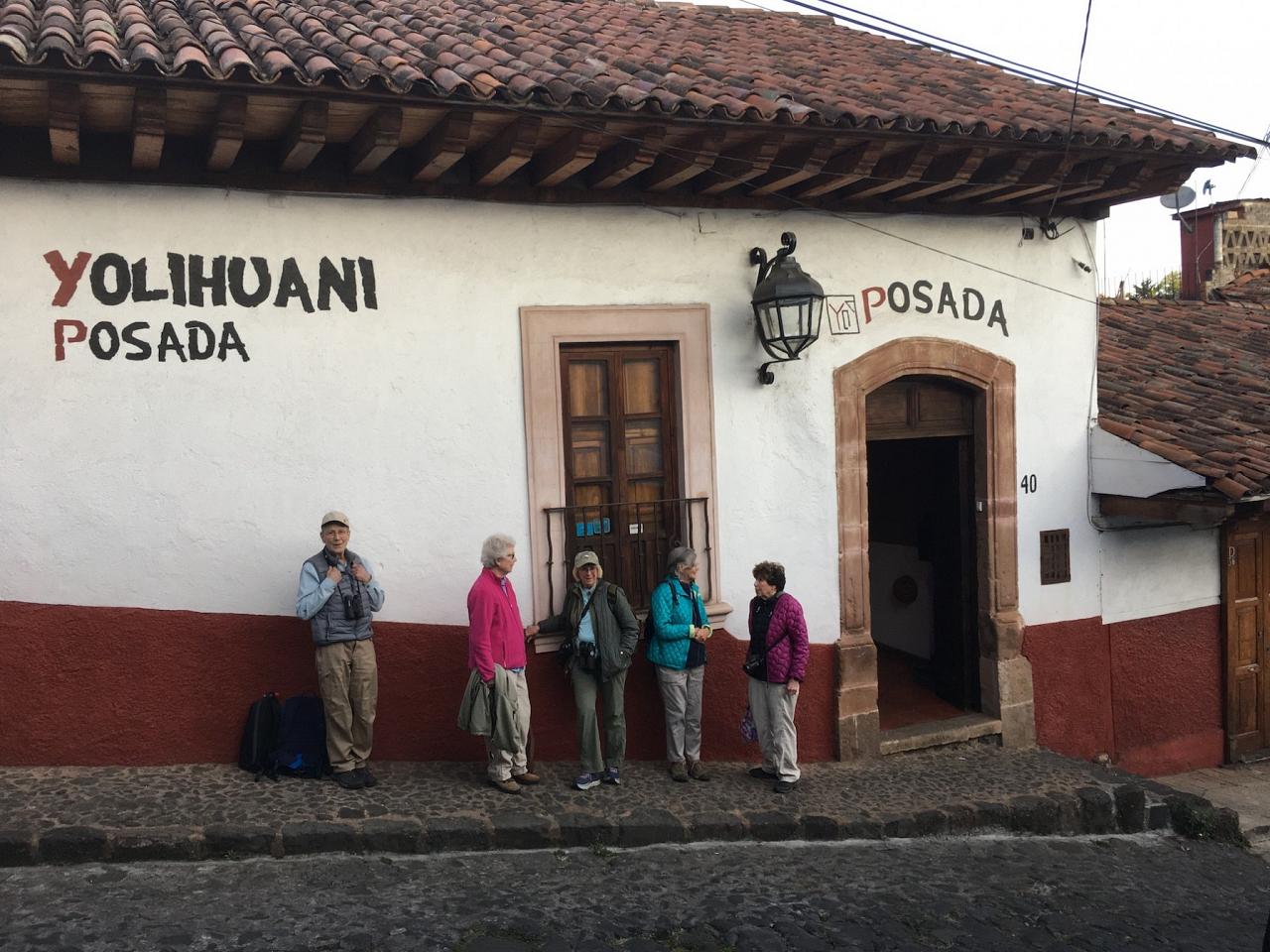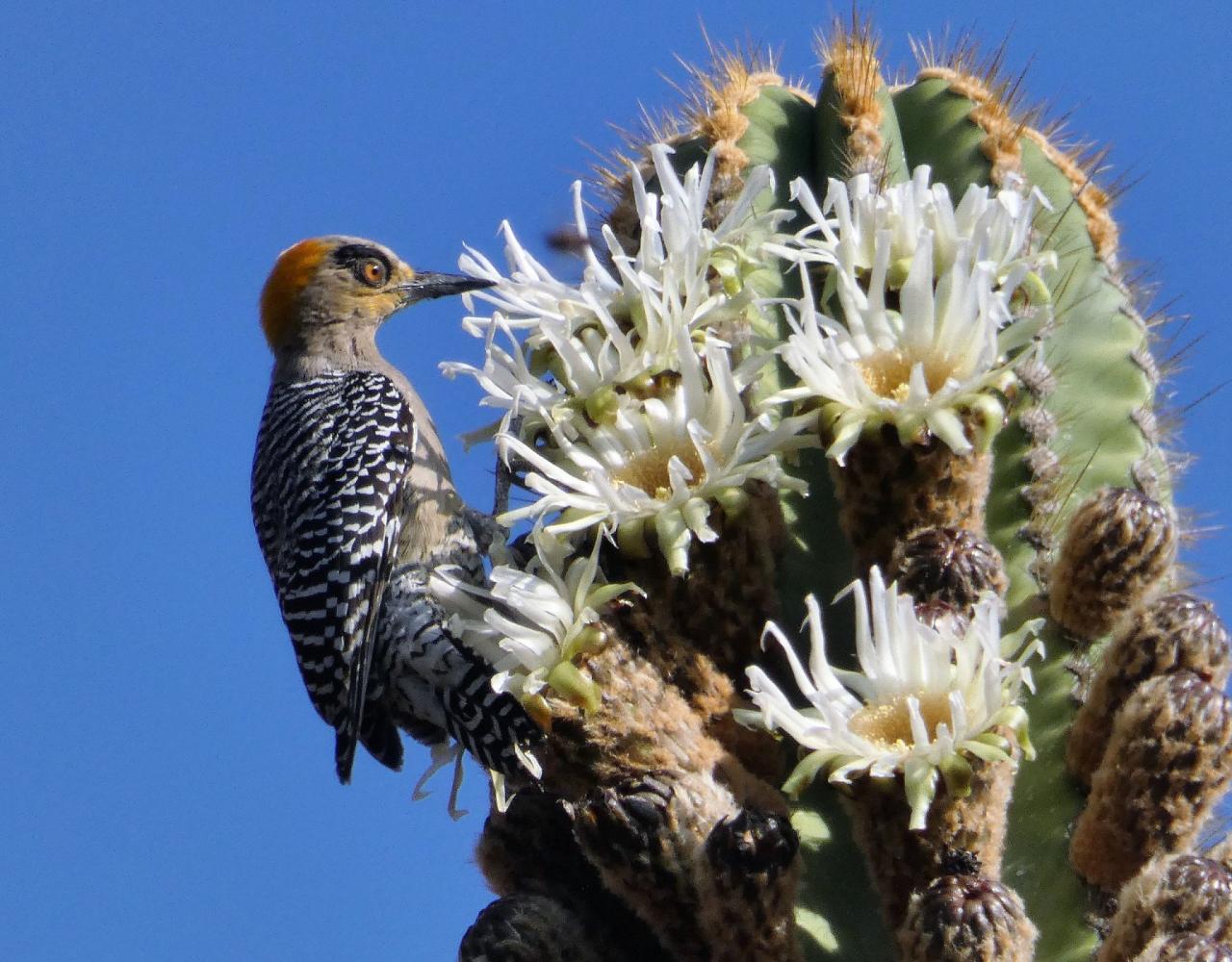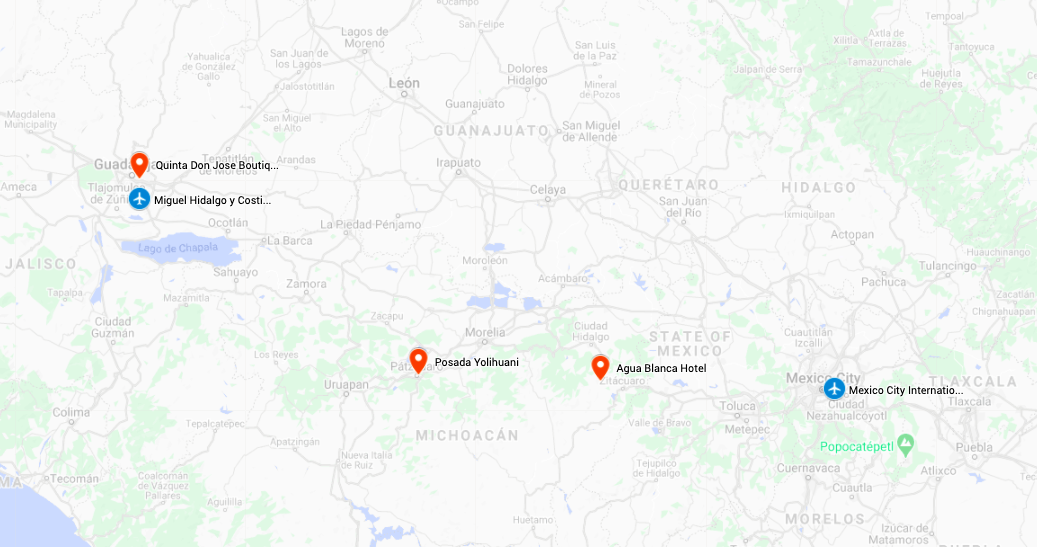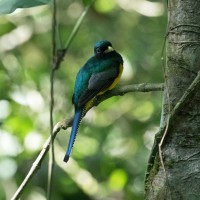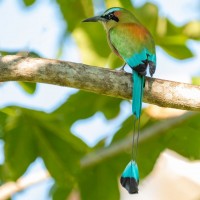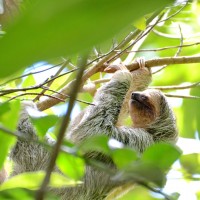- Overview
- Full Itinerary
- Photo Gallery
- Costing
- Travel Details
- Trip Reports
- Guide
- Map
- Know Before You Go
- Other Trips You May Like
One of the greatest ecological spectacles in the world is the wintering grounds of the Monarch Butterfly in a small area of forest in central Mexico. Over 20-million Monarchs make their amazing yearly migration of more than 2000 miles from Canada and the United States to a small area in the mountains in the highland pine forests of Michoacan and the Estado de Mexico. Each year, a special generation of these extraordinary butterflies discover the same place. It’s a marvel of nature that is not to be missed! There are several sanctuaries that protect these forests and we visit two of them.
In addition to exploring the butterfly sanctuaries, we bird La Cima, for the Sierra Madre Sparrow and Strickland’s Woodpecker and visit the Lerma Marshes, where we look for the beautiful Black-polled Yellowthroat. We also spend some time birding around the Lake Patzcuaro region, looking for central Mexico endemics such as Dusky Hummingbird, Black-backed Oriole, Pileated Flycatcher, Transvolcanic Jay, Russet Nightingale-Thrush, Golden-cheeked Woodpecker, and Striped Sparrow. Beyond birds and butterflies, we have the opportunity to explore more of the staggering Mexican biodiversity, enjoy great food, some amazing arts and crafts, and plenty of adventure.
We stay in lovely and unique hotels along the way that give us a chance to really settle in and relax during down times, bird the grounds, relax in thermal springs, or enjoy short walks into the local plaza.
Please note that this trip starts in Mexico City and ends in Guadalajara. We can recommend a travel agent if you’d like help booking your flights.
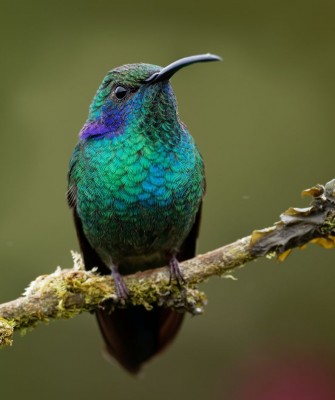
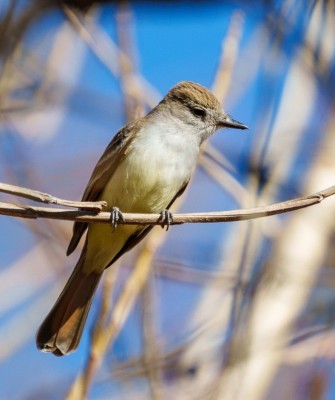
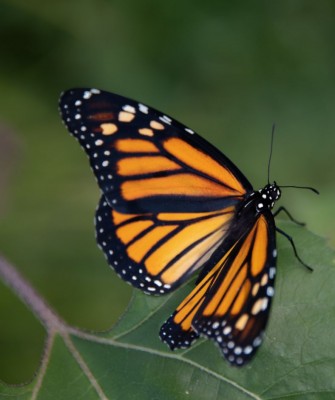
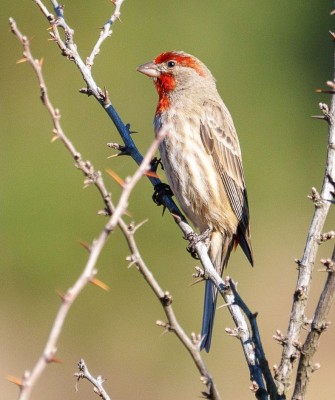
Tour Highlights
- Discover one of the greatest ecological spectacles in the world!
- Experience the highland pine forests of Michoacan
- Spot numerous rare Mexican endemic bird species
- Visit Cerro Pelón where the butterflies are most likely in their highest numbers
- Bird volcanic peaks, searching for Mountain Trogon and Rusty-crowned Ground-Sparrow
- Marvel in Mexico’s rich biodiversity and culture
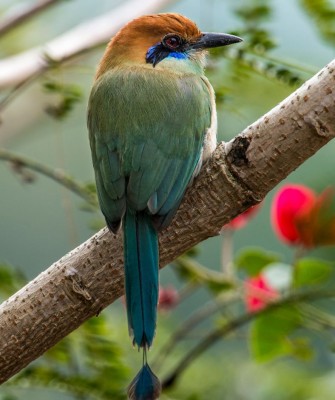
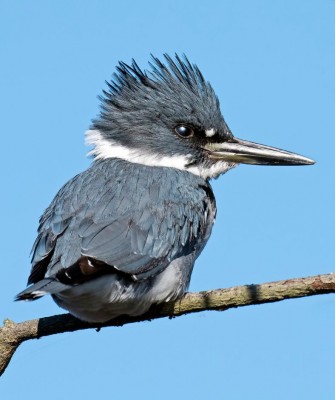
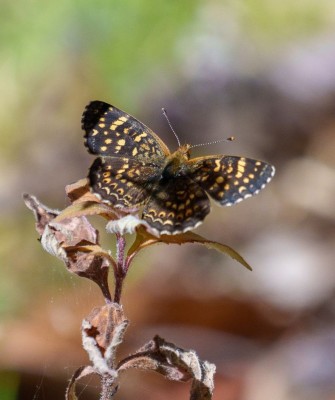
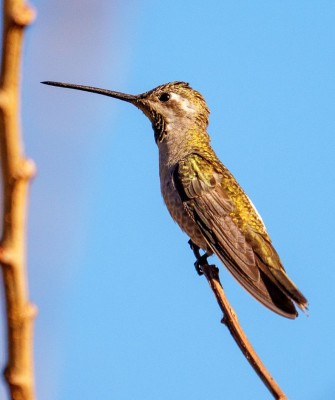
Trip Itinerary
Itineraries are guidelines; variations in itinerary may occur to account for weather, road conditions, closures, etc. and to maximize your experience.
Sat., Feb. 17 : Arrivals
Welcome to Mexico! Arrive today at your leisure into Mexico City. Our hotel for the night is directly accessible from the airport terminal to ease logistics on this first day. Settle in to your room, and then those arriving in time can gather for an informal dinner with the group.
Accommodations at Courtyard by Marriot Mexico City Airport
Sun., Feb. 18 : La Cima | Lerma Marshes | Jungapeo
We make an early departure from the hotel to get us into the field sooner, but mostly to beat Mexico City traffic! To really speed along the process, we enjoy a field breakfast upon our arrival at the first birding stop in La Cima. Our goal this morning is to see two extremely limited range endemics: Sierra Madre Sparrow and Strickland’s Woodpecker. After finding the two endemics, we make a few other stops along the road to look for birds such as the endemic and striking Red Warbler, Golden-browed Warbler, Brown-backed Solitaire, the endemic Rufous-capped Brushfinch, and the endemic Striped Sparrow.
Lunch is at a small, local place along the way. After lunch we stop at the once extensive Lerma Marshes for another very important bird, the highly endangered Black-polled Yellowthroat, found only in just a tiny area in Central Mexico. The Yellowthroat has seen a major reduction in its habitat over the years due to water being sent over the mountains to Mexico City.
We then have a 2-hour drive to our home for the next three nights in Jungapeo. Our hotel is nestled at the bottom of a steep canyon, perched above a beautiful river and is in close proximity to the butterfly reserves we visit over the next two days. Enjoy!
Accommodations at Hotel Aguablanca (B,L,D)
Mon., Feb. 19 : Sierra Chincua Monarch Reserve | Local Birding
Today is our first visit to one of the Monarch reserves known as Sierra Chincua. Although it may seem obvious, because the Monarchs are only in the area for a very limited time, anyone that wants to see them needs to go during a very narrow window of time. To beat the crowds, and to get us to the best areas for seeing the most butterflies, we get up and out of the hotel early! We eat breakfast at the van before we depart the hotel—quick, but worth it to beat the crowds. The butterflies don’t return to the exact same trees each year, so it’s important to realize that getting to the location where the Monarchs are may require a little more, or a little less, walking.
At Sierra Chincua, like at all of the other reserves, horses are available for rent for getting to the butterflies with a unique and enjoyable ride. It may seem silly to ride a horse, but once you get to the location you realize that the 10,000+ foot elevation may have a bigger effect on you than you originally thought!
After spending some time with the butterflies and looking for birds, we head back down the mountain for lunch at a great little restaurant in Angangueo, a beautiful small colonial city. Some of the birds we look for could include Chestnut-sided Shrike-Vireo, Crescent-chested Warbler, White-striped Woodcreeper, Pine Flycatcher, Gray-collared Becard, Gray-barred Wren, the striking and endemic Blue Mockingbird, endemic Green-striped and Rufous-capped Brushfinches, Cinnamon-bellied Flowerpiercer, and Black-headed Siskin. We return to the hotel in the late afternoon for a relaxing dinner.
Accommodations at Hotel Aguablanca (B,L,D)
Tues., Feb. 20 : Birding to Patzcuaro
Once again, we have breakfast at the van before taking a very short drive across the canyon from the hotel. The dry forest surrounding the canyon is rich with interesting birds like Slate-blue Seedeater, endemic West Mexican Chachalaca, endemic Banded Quail, endemic Colima Pygmy Owl and Ferruginous Pygmy Owl, endemic Golden-crowned Emerald, endemic Dusky Hummingbird, endemic Golden-cheeked Woodpecker, Russet-crowned Motmot, endemic Pileated Flycatcher, endemic Golden Vireo, endemic Rusty-crowned Ground-Sparrow, and endemic Black-chested Sparrow and Military Macaws. Dippers can also be found in the river below!
We go back to the hotel to check out and have lunch on our drive to Patzcuaro, one of Mexico’s Pueblo Magicos. We make a number of stops along the road to look for more highland species, and a stop at a fantastic lagoon filled with water birds. Then, after settling into our beautiful hotel and taking a break, we stroll into the beautiful town plaza for dinner.
Accommodations at Hotel Yolihuani (B,L,D)
Wed., Feb. 21 : Pine-Oak Habitat | Tacambaro | Patzcuaro
After a nice breakfast at the hotel, we drive about 30 minutes to bird an interesting volcanic peak covered in remnant pine-oak habitat. We look for Mountain Trogon, striking and endemic Red-headed Tanager, endemic Collared Towhee, Crescent-chested Warbler, endemic Spotted and Gray-barred Wrens, and endemic Rusty-crowned Ground-Sparrow.
Later we continue to drop in elevation and make a couple of stops looking for the rare, and difficult to find, White-chinned Swift! There are some great places to look for other swifts, as well. Great-swallow-tailed, endemic White-naped, Black, Chestnut-collared, and Vaux’s can all be seen in this area! We have lunch at a fancy and interesting restaurant in Tacambaro before making a few more stops in search of the White-chinned (or White-fronted) Swift near its roosting locations.
We head back to Patzcuaro in the late afternoon for time to explore around the plaza and then have dinner.
Accommodations at Posada Yolihuani (B,L,D)
Thurs., Feb. 22 : Morning Birding | Free Afternoon to Explore Patzcuaro
We enjoy another delicious hotel breakfast this morning and then set out to cover some ground and look for species that we may not have seen yesterday. We work different habitats on the outskirts of town before heading back for a free afternoon to explore the city on your own.
Accommodations at Posada Yolihuani (B,L,D)
Fri., Feb. 23: Birding En Route to Guadalajara
We have a lovely breakfast at our hotel before checking out and making a few stops around Patzcuaro for birds. We have a three-hour drive to Guadalajara and our hotel in Tlaquepaque. Along the way, we bird a few different spots looking for more species of the dry highlands of central Mexico, near the town of Churintzio. We have lunch in Churintzio, at a great local spot, before making the last push into Guadalajara. Tonight, we stay in the crafts mecca of Tlaquepaque at the comfortable and popular Quinta Don Jose Boutique Hotel.
We enjoy farewell dinner in the excellent restaurant, right at the hotel.
Accommodations at Quinta Don Jose Boutique Hotel (B,L,D)
Sat., Feb. 24: Departures
You may depart at your leisure today out of the Guadalajara airport. We arrange one shuttle to the airport around the majority of everyone’s flights; if your flight isn’t around this time, you can take a taxi. (B)
Cost of the Journey
Cost of the tour is per person based on occupancy $4790 DBL / $5390 SGL, from Mexico City, departing Guadalajara.
The cost includes: Seven nights’ accommodations, meals as noted in the itinerary, purified water, airport transfers, ground transportation in vans, professional guide services, park and other entrance fees, and miscellaneous program expenses.
Not included: Airfare to Mexico City and from Guadalajara, personal expenses such as laundry, telephone, drinks from the bar, and gratuities for luggage handling or other services. Guide gratuities are at your discretion.
Travel Details
Please plan to make air travel plans only after the minimum group size has been met. We will send you a confirmation email as soon as the trip has been confirmed.
Arrival Airport: Mexico City International (MEX)
Arrival Information: Arrive at your leisure on February 17, 2024. Please try to arrive by 5:00 PM to join the welcome dinner and orientation at 6:30PM. If you need to arrive later, remember we have an early start the next day so please check in with your guide for any important messages. We chose our first night hotel for its proximity to the airport, it is just across from Terminal One, so from either terminal you can walk. We suggest you ask help from a porter for your luggage and they will show you the way!
Our first night hotel is: Courtyard by Marriott Mexico City Airport (+52) 55 4631 4000.
Departure Airport: Miguel Hidalgo y Costilla International (GDL)
Departure Information: Departure is February 24, 2024. We arrange one shuttle to the airport around the majority of everyone’s flights; if your flight isn’t around this time, we can help you organize and take a taxi so you can relax and enjoy our lovely final night hotel: Quinta Don Jose Boutique Hotel toll free 1-866-629-3735 Direct dial to Mexico: (+52) 33 3635 7522.
Travel Tips: Our guests have enjoyed adding time on either end of the journey. Mexico City is famous for its museums and murals and vibrant restaurants. There are a number of tour guides that will do a city tour for you, or you can explore at leisure from the museum area. Guadalajara has a charming market area near our hotel which is in a trendy shop and dining area outside of the city. You can walk to that area from the hotel; additionally, you can taxi into the colonial city to explore, then return to this quiet oasis.
Entry Requirements: See "Essential Information" section under the "Know Before You Go” tab.
Items of Note
Pace of the Tour
Moderate, with full days of birding and walks on quiet roads and trails. A typical walk is less than two miles and often we have a series of walks at different spots that are a half-mile each, several times a day. Please note: Hikes to the butterfly sanctuaries are at altitude; you need to be able to make that walk or plan to rent a horse.
Browse below for trip reports and species lists from past versions of this and other tours from this destination.
Mexico
Alamos
- November 2017
- December 2023
Butterflies & Birds
- February 2020
- February 2022
- February 2023
- February 2024
Oaxaca
- October 2021
- August 2022
- October 2022
- August 2023
- January 2024
- July 2024
- October 2024
- December 2024
- February 2025
Rancho Primavera
- April 2025
Sea of Cortés
- March 2017
- February 2019
- March 2022
- March 2023
Veracruz
- September 2019
- September 2021
- October 2022
Rancho Primavera
- April 2025
-
Greg Butcher
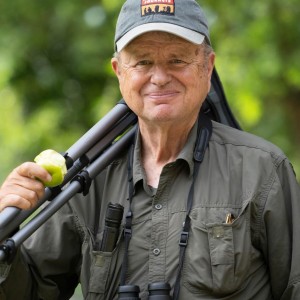
Greg recently retired as the Migratory Species Coordinator for U.S. Forest Service International Programs, working throughout the Western Hemisphere, and as Vice President for Audubon Society of Northern Virginia, serving on the Conservation and Citizen Science committees. He is currently a Board Member for BirdsCaribbean. For his Ph.D. in Zoology at University of Washington, he studied the coloration and behavior of Bullock’s Orioles. Greg studied ecology in Costa Rica with the Organization for Tropical Studies and has worked internationally for the past 20 years. Greg previously worked for the National Audubon Society, American Birding Association, Birder’s World magazine (sadly, now defunct), Partners in Flight, and Cornell Lab of Ornithology. He is a Fellow of the American Ornithological Society (AOS). He has been a birder since he was 11 and has birded in all 50 states and 47 countries.
Other trips with Greg Butcher
-
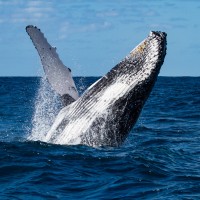 Southern California: Fall Coastal Birding FULL - See our 2026 spring departure!September 28 - October 5, 2025
Southern California: Fall Coastal Birding FULL - See our 2026 spring departure!September 28 - October 5, 2025 -
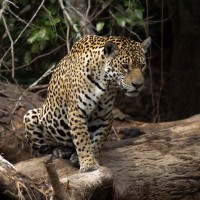 Brazil’s Pantanal: Jaguars! And More… FULL - See our 2026 departure!October 11 - 21, 2025, w/Amazonia extension
Brazil’s Pantanal: Jaguars! And More… FULL - See our 2026 departure!October 11 - 21, 2025, w/Amazonia extension -
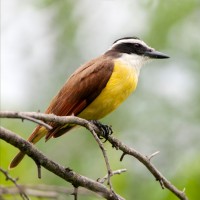 South Texas Birding & Nature with Tucson Bird AllianceDecember 3 - 11, 2025
South Texas Birding & Nature with Tucson Bird AllianceDecember 3 - 11, 2025 -
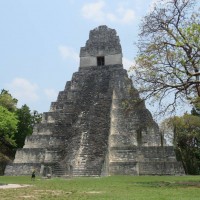 Best of Guatemala: Birding & CultureJanuary 21 - 31, 2026, w/Tikal extension
Best of Guatemala: Birding & CultureJanuary 21 - 31, 2026, w/Tikal extension -
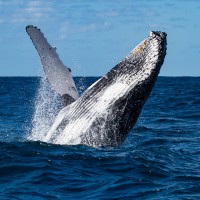 Southern California: Spring Coastal BirdingFebruary 16 - 23, 2026
Southern California: Spring Coastal BirdingFebruary 16 - 23, 2026 -
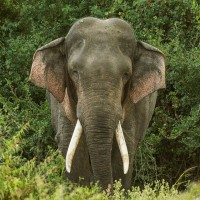 Island of Wonder: Birds & Nature of Sri LankaMarch 13 - 25, 2026, w/Mannar Island extension
Island of Wonder: Birds & Nature of Sri LankaMarch 13 - 25, 2026, w/Mannar Island extension -
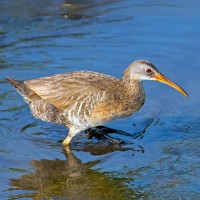 Georgia Coastal Birding April 23 - 30, 2026
Georgia Coastal Birding April 23 - 30, 2026 -
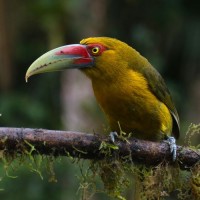 Jewels of Brazil's Atlantic ForestJune 12 - 23, 2026
Jewels of Brazil's Atlantic ForestJune 12 - 23, 2026
-
Essential Information +
Pace & Protocols +
Packing List +
Suggested Reading List +
Useful Links +
Photo credits: Banners: Elegant Trogon by Mary McSparen; Monarch Butterflies by Alex Guillaume, courtesy UnSplash; Red-faced Warbler by Mary McSparen; Ferruginous Pygmy-Owl by Mike Boyce Thumbnails: Mexican Violetear (NJ Stock), Ash-throated Flycatcher (Jonathan Goding), Monarch Butterfly (NJ Stock), House Finch (Jonathan Goding), Russet-crowned Motmot (NJ Stock), Belted Kingfisher (NJ Stock), Butterfly (Jonathan Goding), Plain-capped Starthroat (Jonathan Goding)






